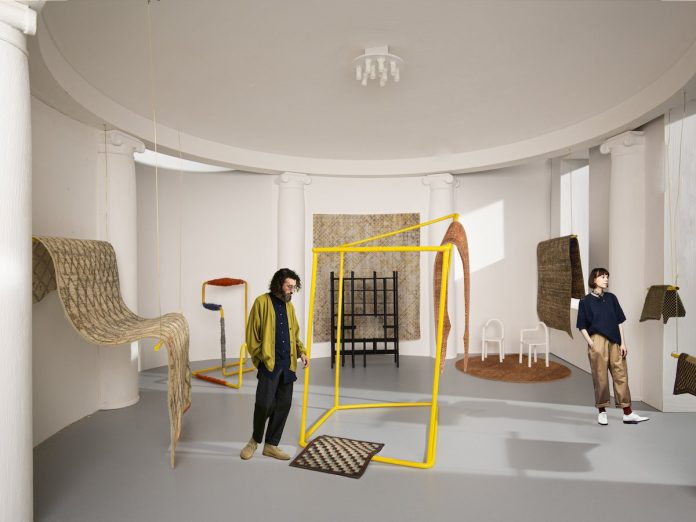To renew the pathway of research, it’s not enough just to be an expert and admired connection to the age-old tradition of carpets. This has been understood by Maurizio Battilossi, founder and CEO of the historic gallery in Turin that bears his name. With his company specialized in precious artifacts made in the workshops of Kathmandu in Nepal and Lahore in Pakistan, he has become a thesis partner of the Interior Design program at IED Torino for the academic year 2021/22.
“It is often said that experience is the fundamental factor to be able to address a given topic,” he says. “But my opinion is that experience can often be a burden, which slows down the path of renewal; a cage, well known of course, that prevents us from seeing things in a new perspective. Working with the students at IED has allowed us to update a way of looking at things. For us, the carpet is a very familiar world, but observing the genesis of these projects across the months has ignited new energies and resources for us as well.”
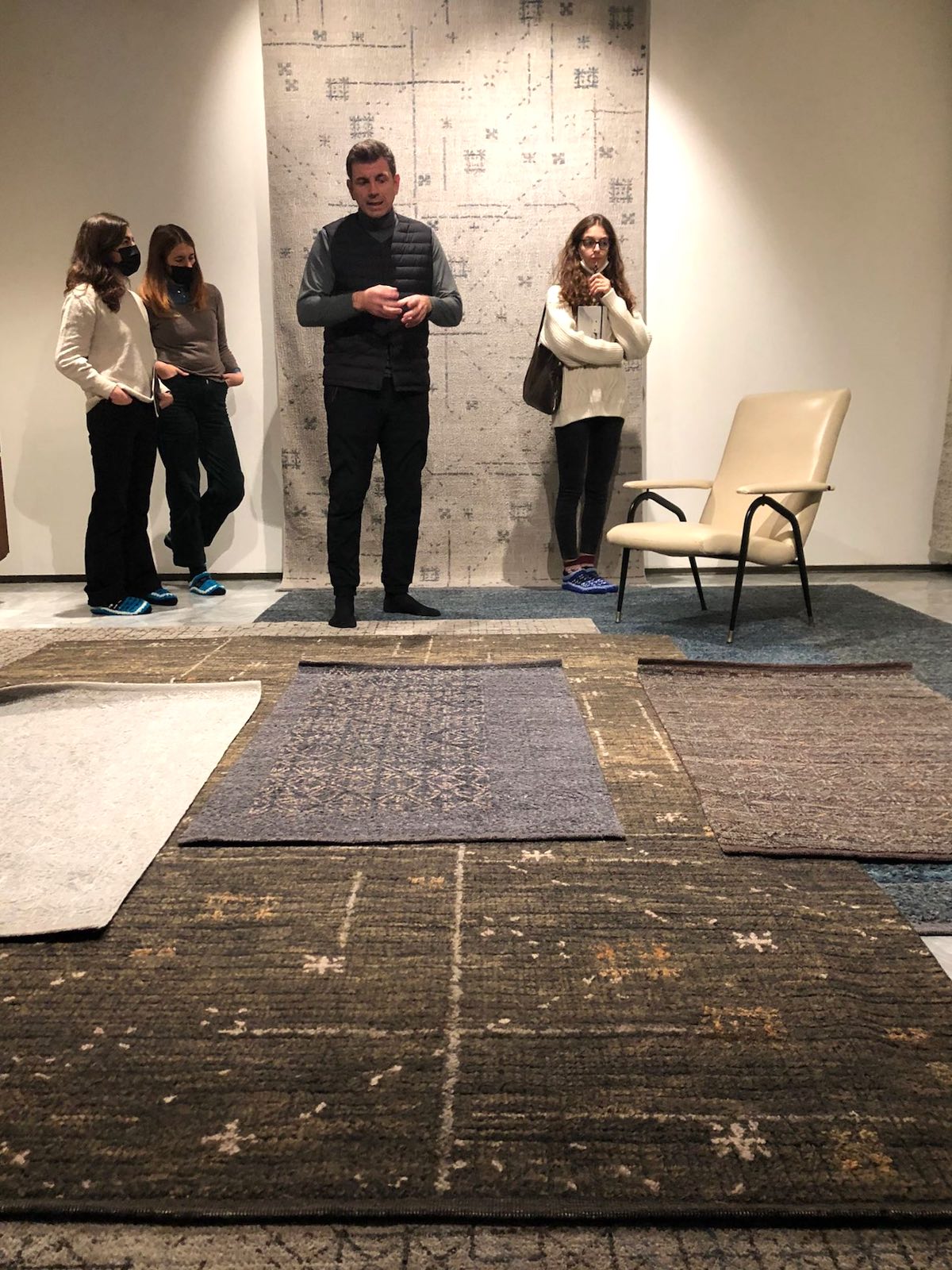
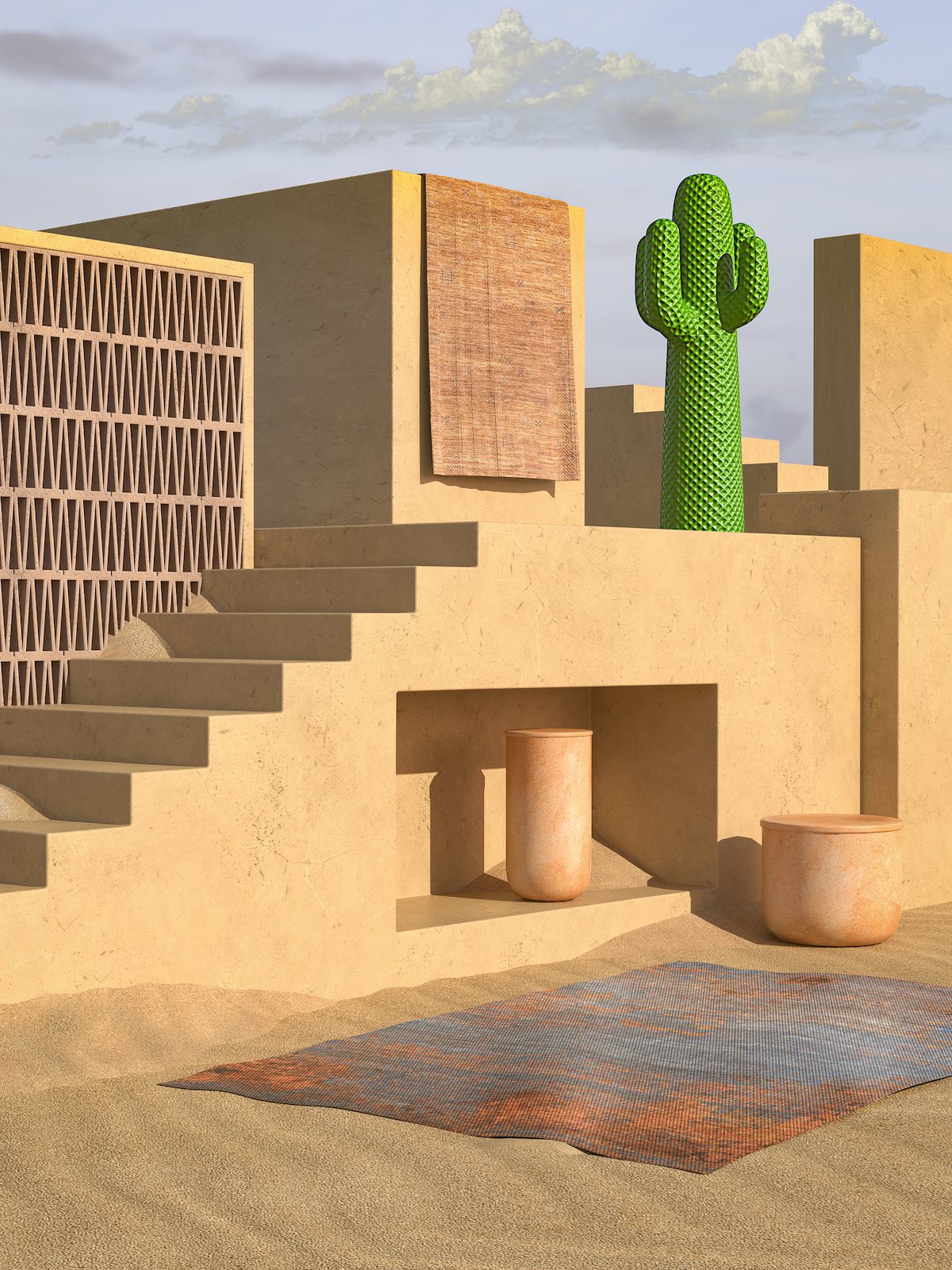
The tasks assigned to the young participants were various, carried out under the guidance of the course coordinator and thesis adviser Adelaide Testa (co-founder of the architecture studio Marcante-Testa) and the professor and co-adviser for theses Giorgia Scioratto.
The first was to create a temporary installation that would bring out the value of the gallery’s collections, but with a sustainable and aware approach, hence easy to disassemble and reassemble. At the same time, the students had to design virtual spaces in which to insert the carpets.
The work was completed by the team with a model on a scale of 1:20 of the basement and first floor of Galleria Battilossi. In the designed virtual spaces, quality of the environment and the wellbeing of individuals were always the central factors.
As in “Textile materiality” by Asja Starace, the setup for a collection that combines antique and contemporary, wrapped in a structure made to measure by PaperFactor and perforated walls by Mutina. All in a warm, informal style.
Or as in “A Door To Another World” by Cristina Postelnicu and Virginia Urro, with a central focus on the carpet-human-home relationship, involving sensations of movement towards the ground, thanks to prayer or meditation rugs, and of rising upward, with wallpaper that links back to the metaphor of Eden.
“Suspended stories,” the project by Valentina Correnti and Giorgia Buratto, returns to the original function of the carpet, bringing out its three-dimensional aspects.
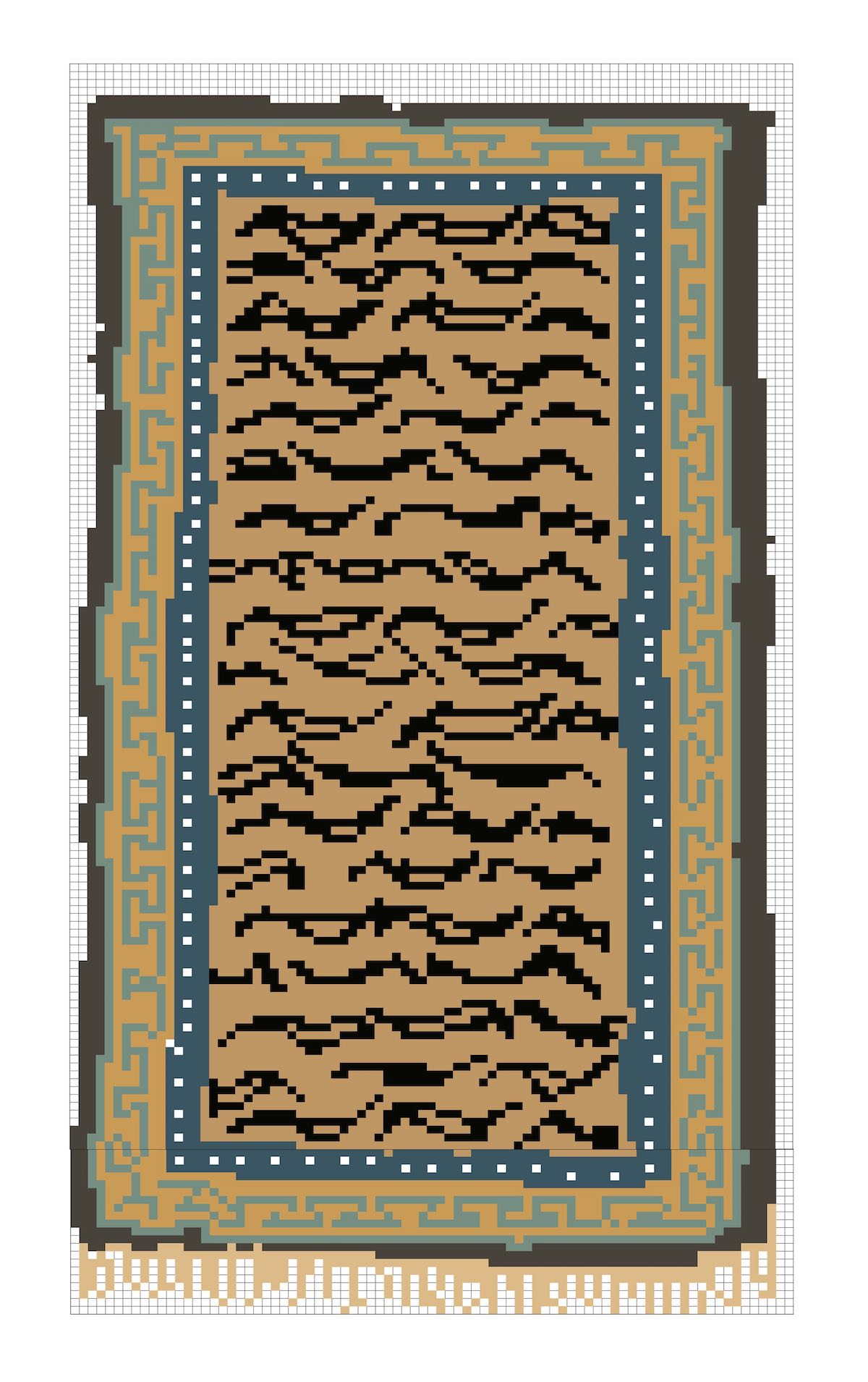
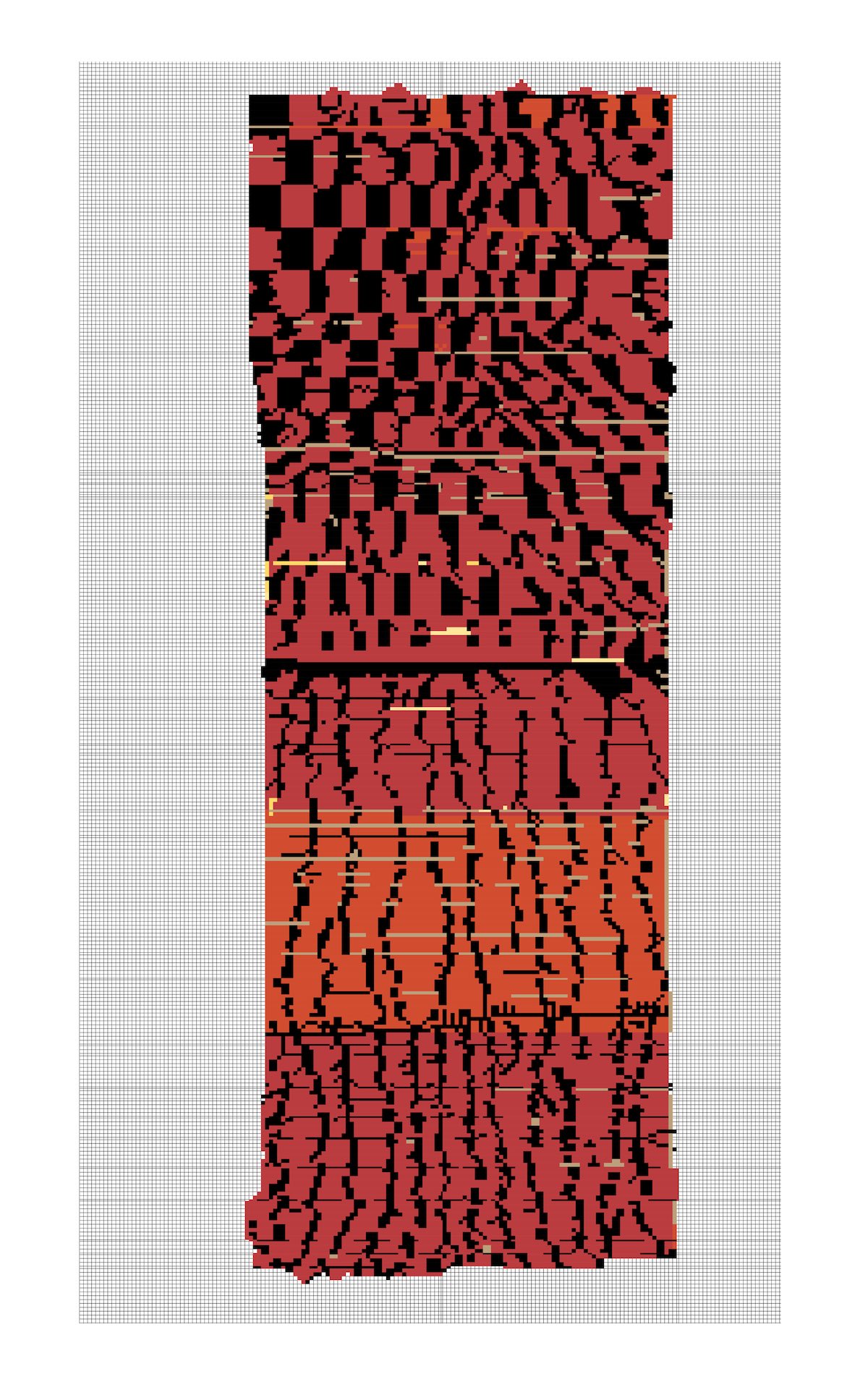
Finally, the students were also asked to make a digital weaving project, carried out with Microsoft Excel, revealing an unusual way of applying the software to describe the design and texture of a carpet through color fields and typographic signs.
All the students (Camilla Bosio, Giorgia Buratto, Valentina Correnti, Annika Ferrero, Alberto Frua, Alice Giordano, Letizia Mancuso, Cristina Polstenicu, Giulia Scagnetto, Asja Starace, Lucrezia Stravicino, Luna Giovanna Testa, Virginia Urro) began their work with a phase of historical research on antique Berber and Tibetan rugs from the Battilossi collection, and on weaving techniques, thanks to the possibility of access to the company’s archives.

